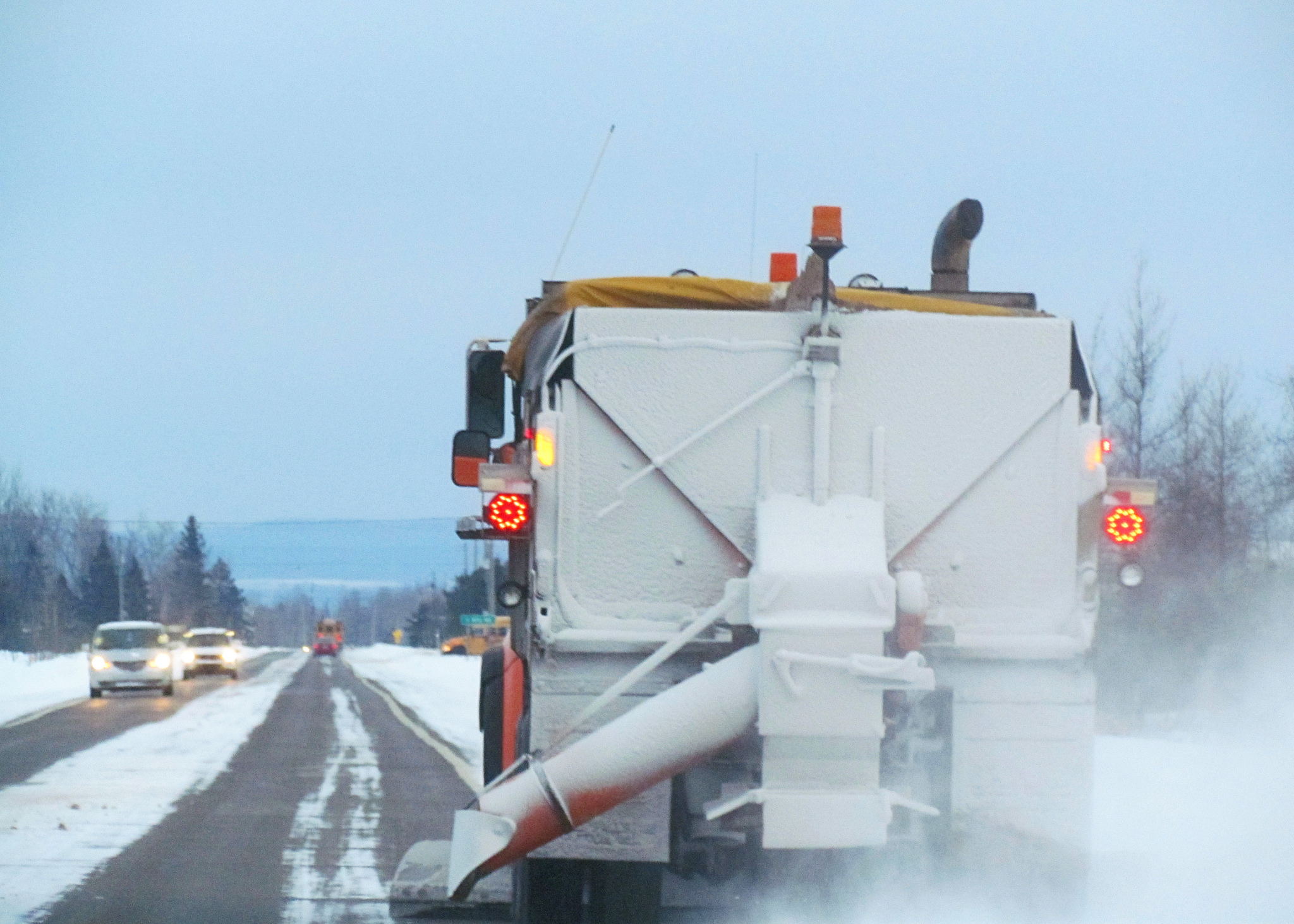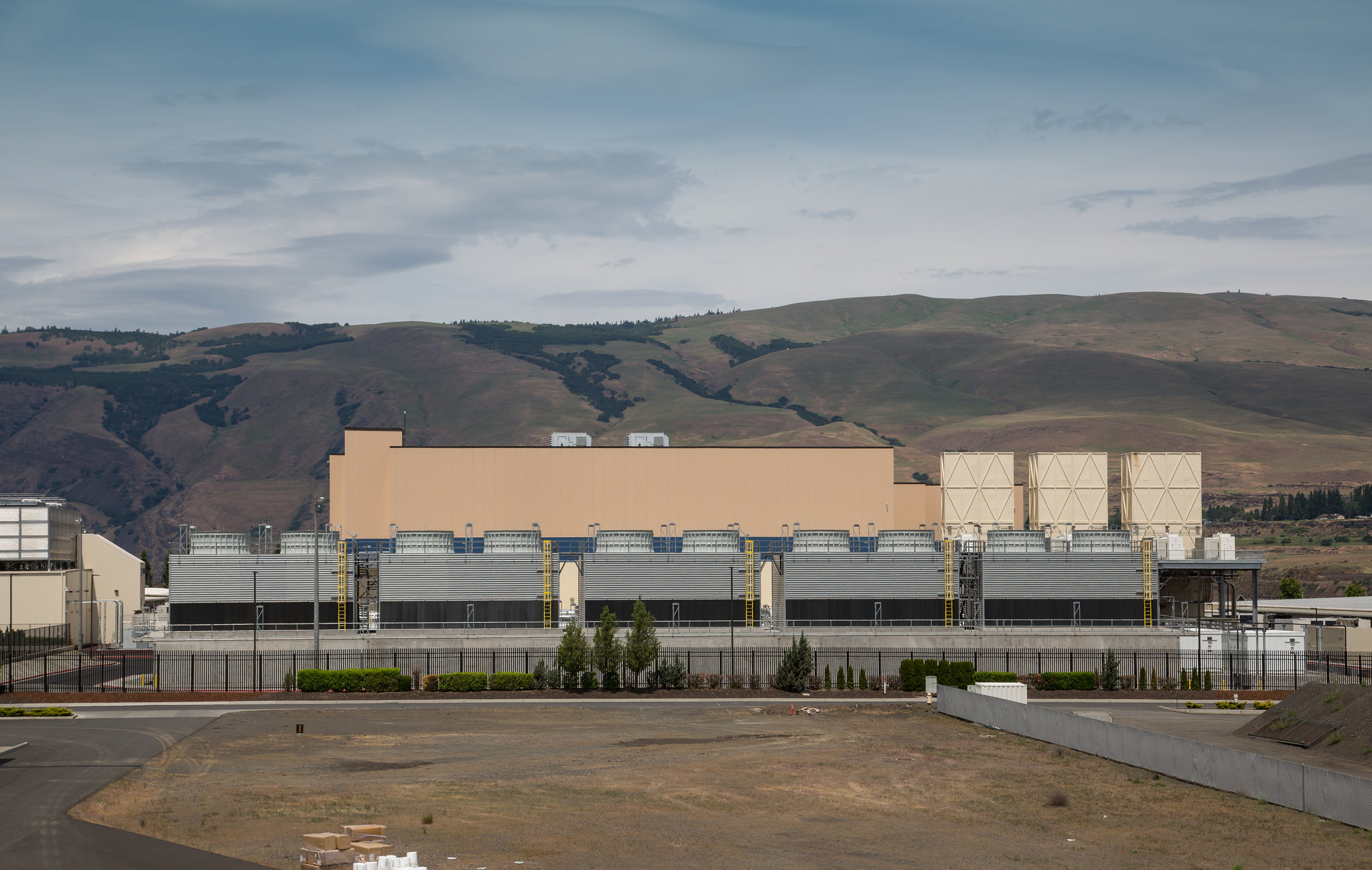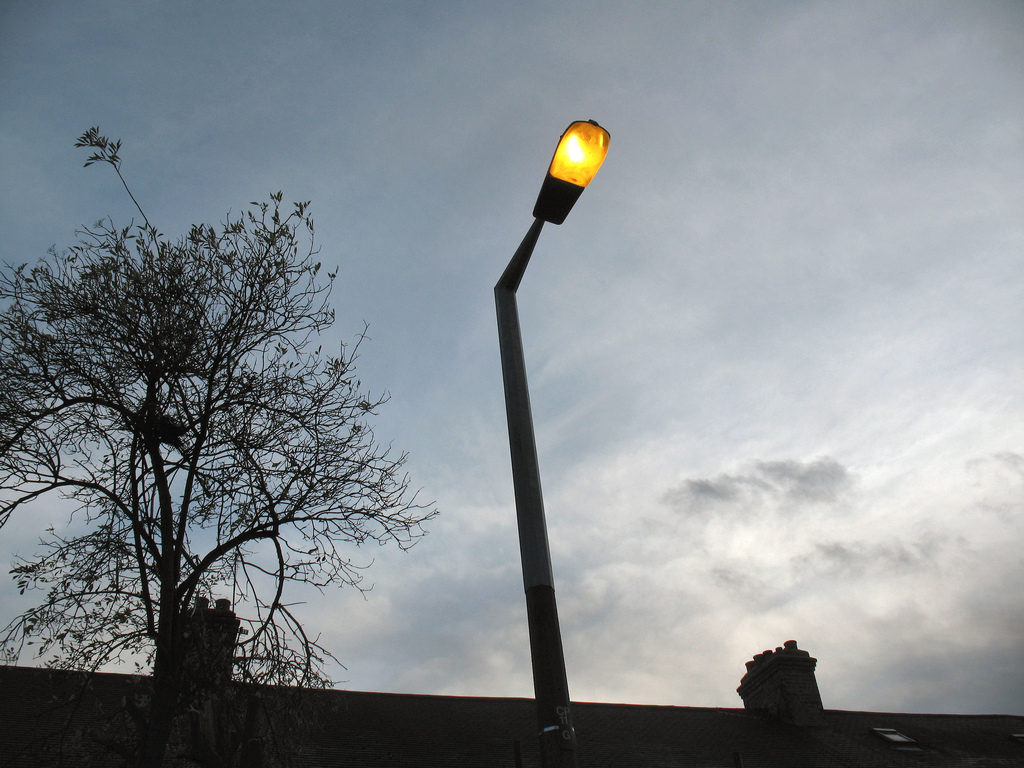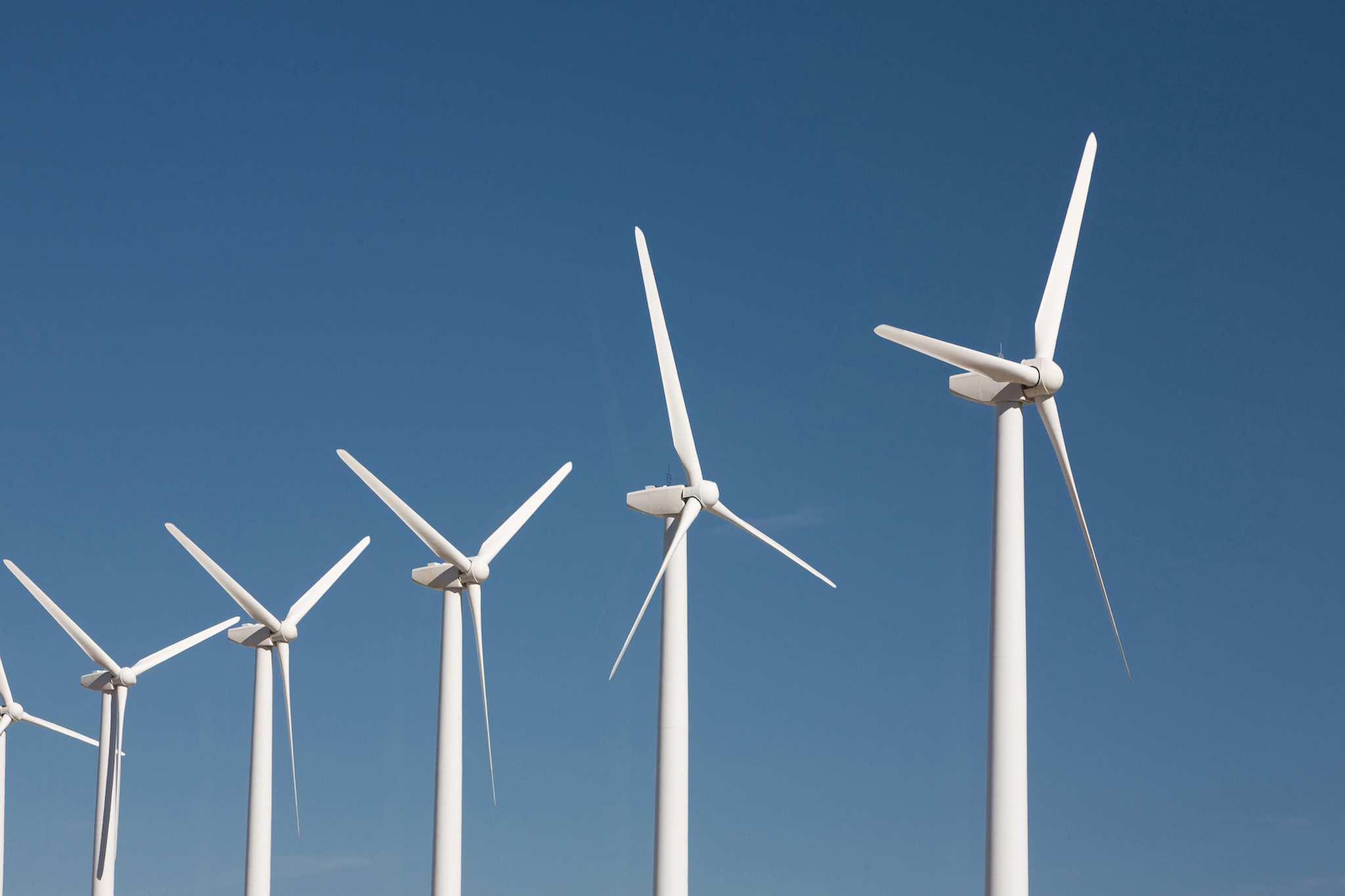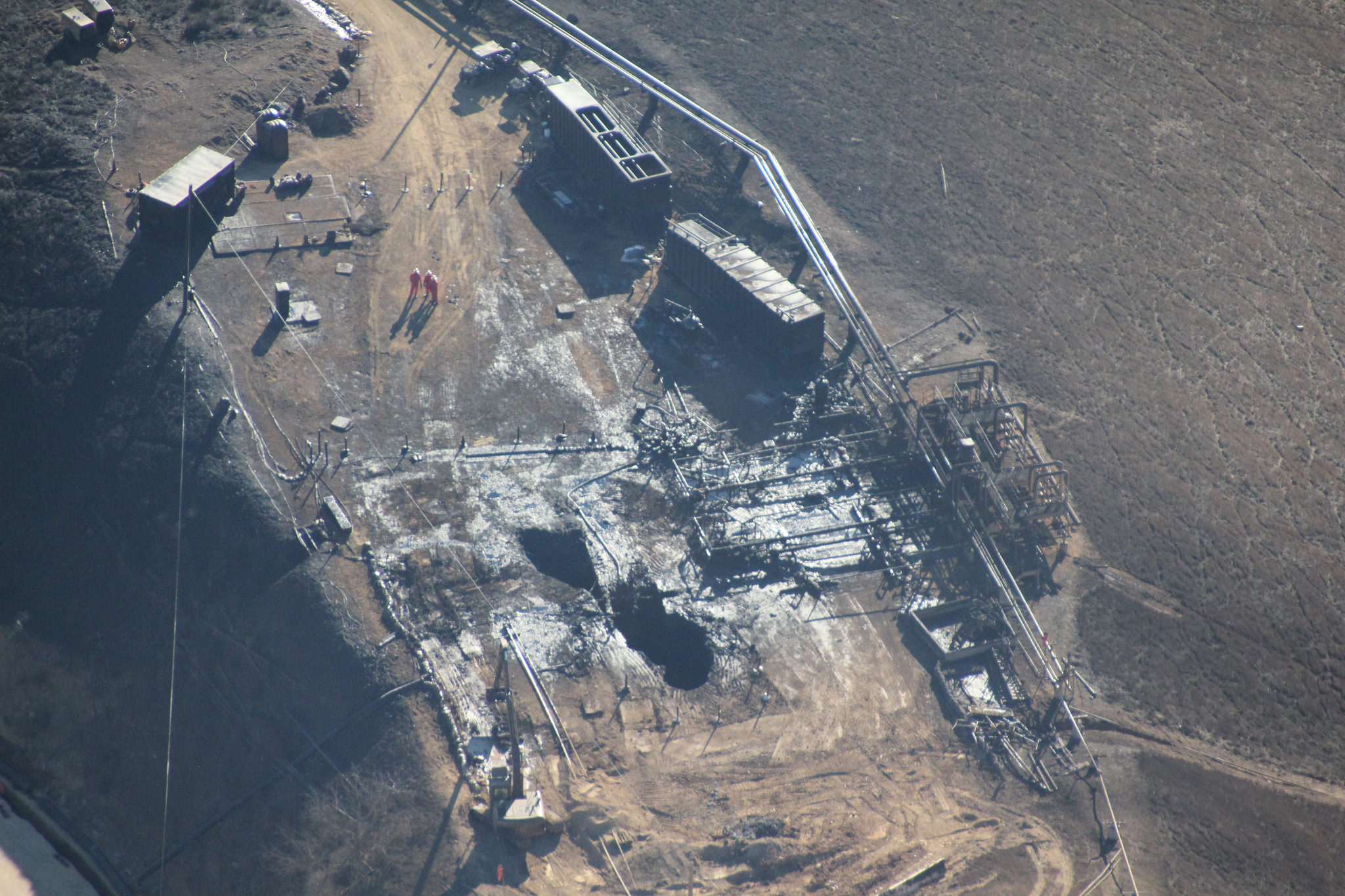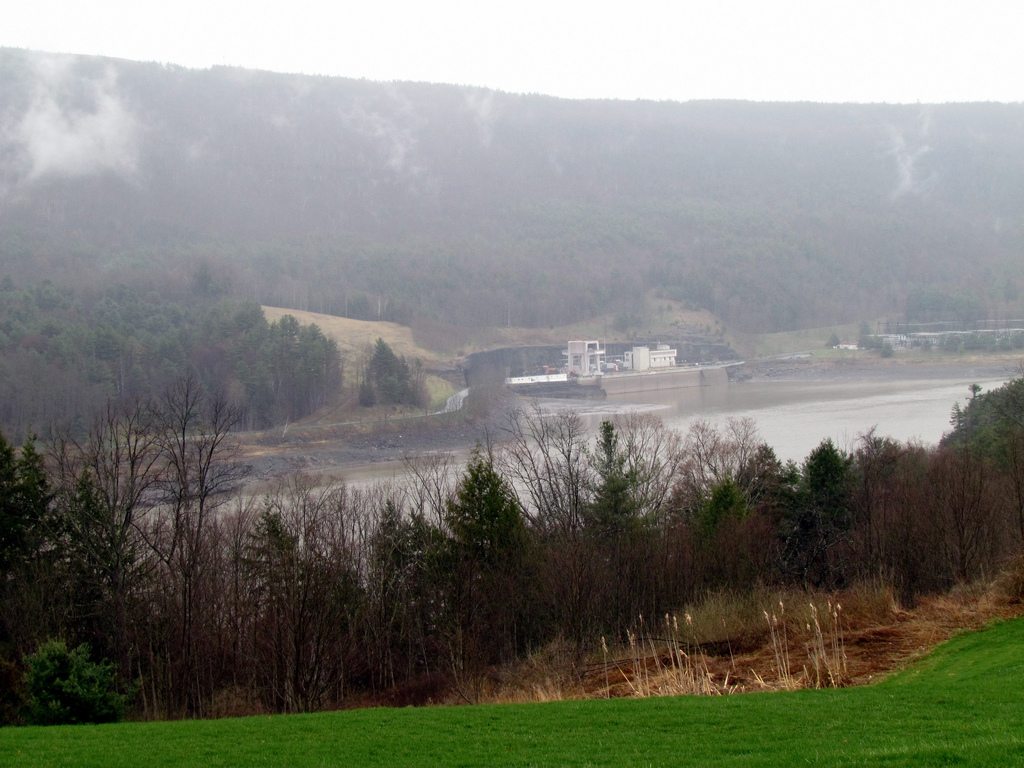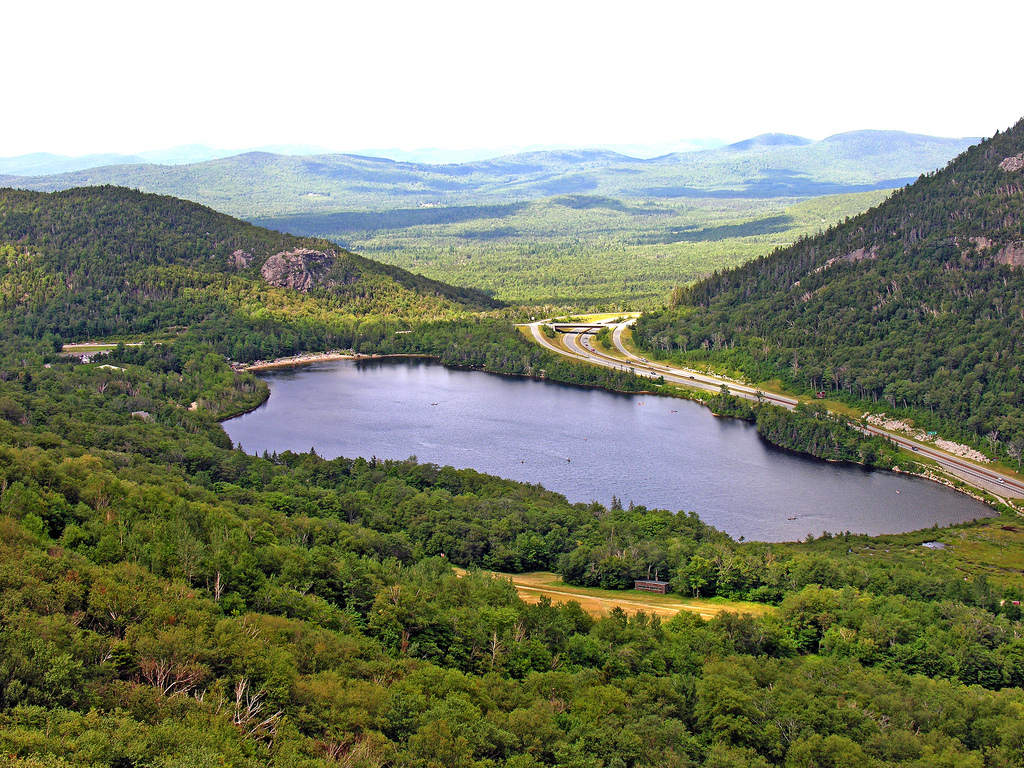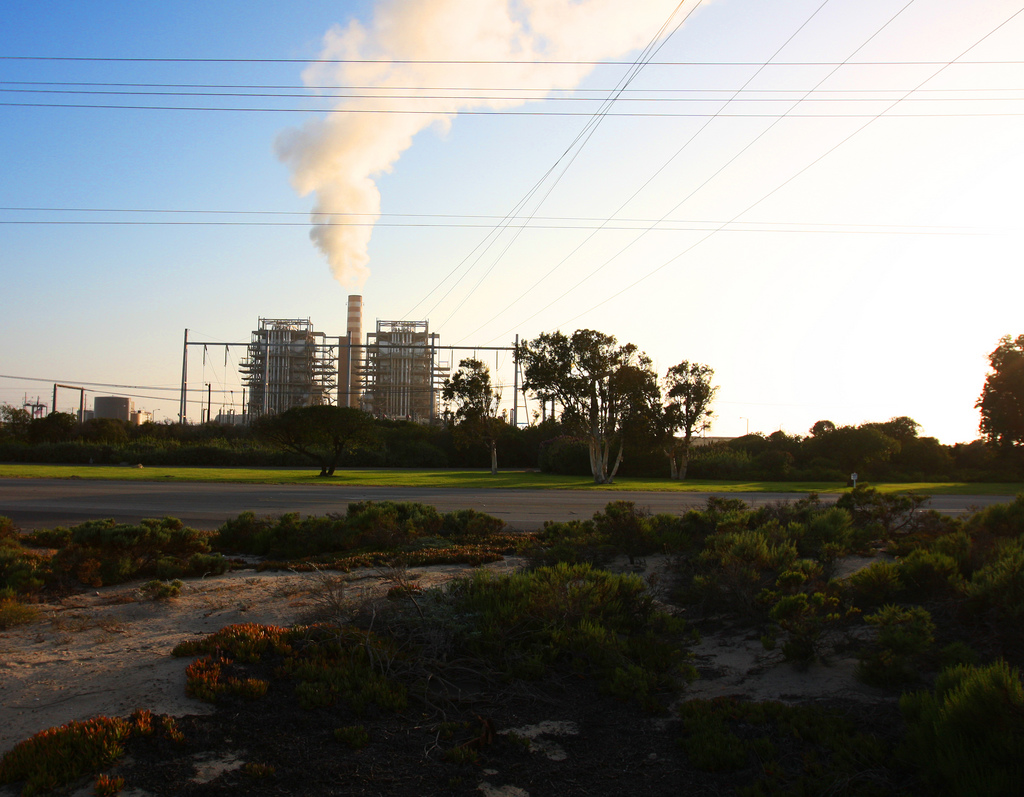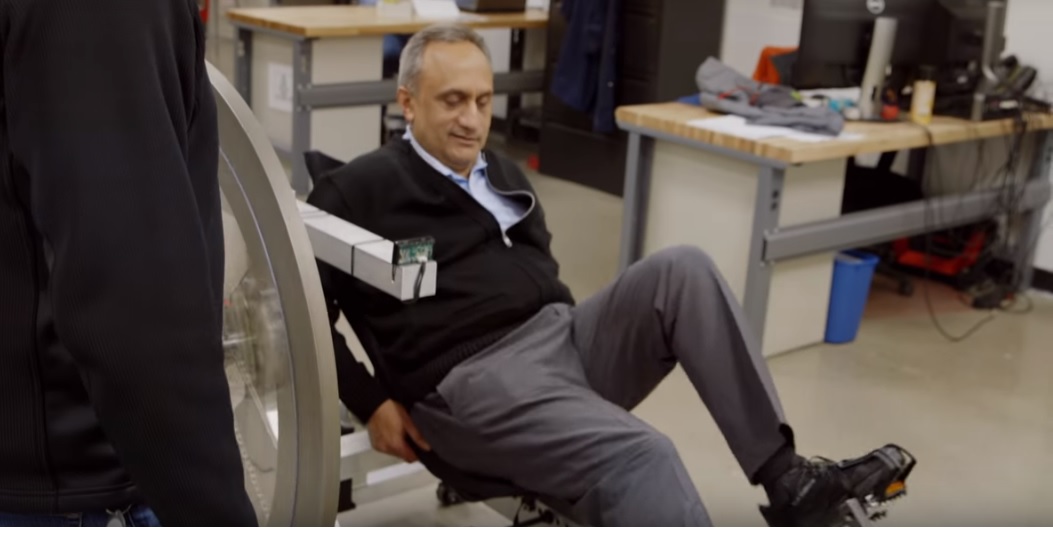Technology
De-Icing Roadways
We have been using salt to keep winter roads free of ice and snow since the late 1930s. In the United States alone, some 20 million tons of salt are applied to roadways each year. And while its use has real benefits in terms of safety and navigation, there have been cumulative costs to the environment, including degrading freshwater resources and contaminating groundwater.
Preservatives
Augmenting food with preservatives is not a recent practice. For thousands of years, we have canned fruits with sugar, preserved meats with salt, and pickled vegetables so that they could keep in hot humid environments.
Clean Energy And The Internet
A number of large Internet companies are being very proactive in the area of clean energy. Companies like Google, Facebook, and Apple have invested billions on green energy solutions. This isn’t just good citizenship and good publicity for progressive companies, it is an essential part of the global effort to reduce greenhouse emissions.
The Fight Against Day Burners
A U.S. Department of Energy webpage states that “about 10% of street lights are brightly lit during daytime and essentially waste electricity due to faulty photosensors.” Such lights are called “day burners.” While some think the 10% figure is a slight overestimate, the electricity day burners waste is significant nonetheless.
Land, Water and Energy
The city of Holtville in California is sometimes called the “Carrot Capital of the World.” This agricultural community has signed an agreement with Australian company Infratech to build a floating solar power system for its water treatment plant.
San Diego Green
While 195 countries reached agreement on reducing greenhouse gas emissions in December, the city of San Diego made a major commitment of its own. Whereas the Paris climate accord is non-binding, San Diego has gone much further.
Community Solar On The Rise
Most Americans are bullish on solar power. However, the majority of Americans are unable to install their own rooftop solar system because either they don’t own the place where they live or because their home is unsuitable for installing solar panels for one reason or another.
California’s Methane Leak
It’s being called the largest environmental disaster in California’s history. On October 23, 2015, a massive natural gas leak erupted at a storage well operated by Southern California Gas in Aliso Canyon, outside of Los Angeles. The leak has forced more than 2,800 families from their homes, and to make that worse, they have no idea when they’ll be able to return.
Pulling Carbon Out Of The Air
The world is increasingly united in the desire to reduce carbon emissions into the atmosphere. There is much emphasis on reducing and someday eliminating our use of fossil fuels, which is the main culprit in the situation we find ourselves in today. More and more we are embracing the use of renewable energy sources to produce electricity and we are starting to slowly move away from internal combustion engines to power our cars.
Norway And Electric Cars
One of the standard criticisms aimed at electric cars is whether they actually are good for the environment when everything is taken into account. For example, people worry about the amount of energy expended and the environmental impact of actually building the car. Recent studies have shown that this balances out over a relatively short amount of the car’s lifetime.
Powering The Hydrogen Highway
2016 is the first year that hydrogen fuel cell cars are available to the general public. There aren’t very many of them as yet, but Toyota, Honda, and Hyundai all have fuel cell vehicles on the market. All these companies are betting on hydrogen-powered cars as the future of personal transportation.
Right now, California is where almost all the action is for fuel cell cars but even there, there are only a handful of hydrogen fueling stations. The automakers are providing a great incentive to owners of their fuel cell cars: free hydrogen for the first couple of years. But free or not, it has to be available.
There are plans to build many more hydrogen fueling stations in California, but one problem is that it takes quite a while to commission new stations. Every car manufacturer has to perform validation tests that take weeks. As a result, it can take months to bring stations online.
California hopes to bring online a network of more than 50 stations by the end of 2016, mostly in Southern California and in the San Francisco Bay Area. Thanks to a new device developed by Sandia National Laboratories and the National Renewable Energy Laboratory, this rapid deployment of new stations now looks possible.
It is called the Hydrogen Station Equipment Performance device, or HyStEP, and it acts like a surrogate for vehicles and eliminates the need for each manufacturer to test separately. Testing can be done in less than a week.
Streamlining the process for commissioning hydrogen fueling stations is one important step towards building the hydrogen highway.
**********
Web Links
Speeding up the hydrogen highway
Photo, posted June 14, 2014, courtesy of Flickr.
Earth Wise is a production of WAMC Northeast Public Radio.
Pumped Hydro Storage
There is much talk these days about energy storage. As more and more wind and solar power enters the electrical grid, there is an increasing need to be able to store excess energy and have it available when the wind isn’t blowing or the sun isn’t shining. Much of the talk centers around battery technology, and having storage batteries distributed throughout the grid is the most versatile and widely applicable way to provide storage.
China And Renewable Energy
When it comes to carbon dioxide, three countries are responsible for half of the world’s emissions into the atmosphere: China, the US, and India. On a per capita basis, we are far worse than China, but its population is so huge that that it produces twice as much CO2 as the United States and nearly one-third of the world’s emissions.
Listening To Forest Data
The forest is playing a symphony. By tapping into environmental monitoring sensors at the Hubbard Brook Experimental Forest in the White Mountains of New Hampshire, a tool called WaterViz captures a real-time audio visualization of the forest’s water cycle.
Is Natural Gas Cleaner Than Coal?
The widespread use of hydraulic fracturing (or fracking) as well as improved drilling techniques have created a major boom in natural gas production. This unquestionably has positive economic impacts for many. One of the important consequences of this is that natural gas is increasingly taking the place of coal for powering electrical generating plants.
Composting Pays
Many people compost their food scraps and yard waste because they think it is the right thing to do. In some places, like San Francisco and Seattle, there is curbside pickup available to have these organic materials composted.
Ecology And Designing Future Cities
When most people hear the word ‘ecology’ – chances are it conjures up images of scientists working in distant, wild landscapes, such as old growth forests or remote mountain lakes. Increasingly, however, ecological studies are focused on urban and suburban areas.

